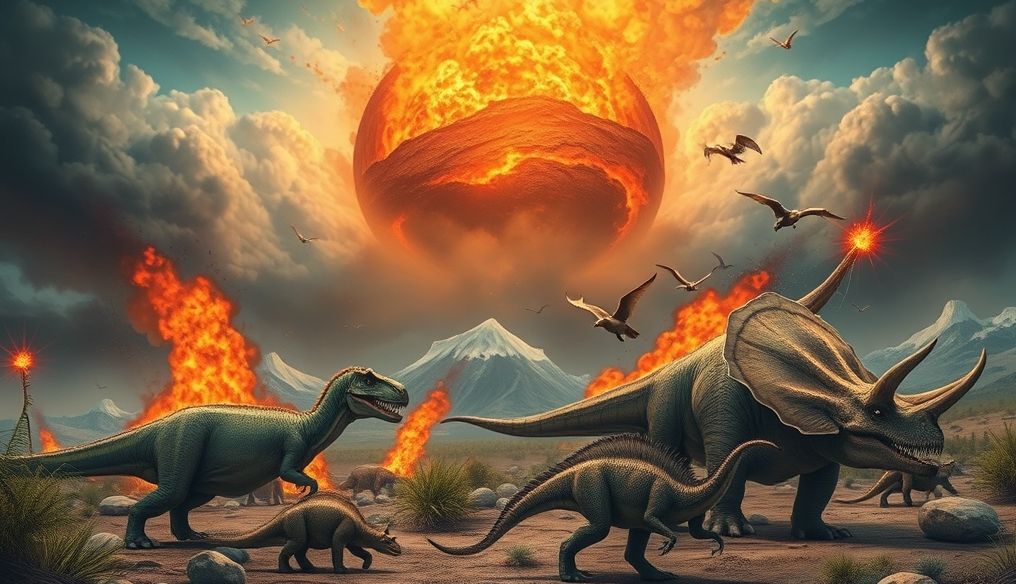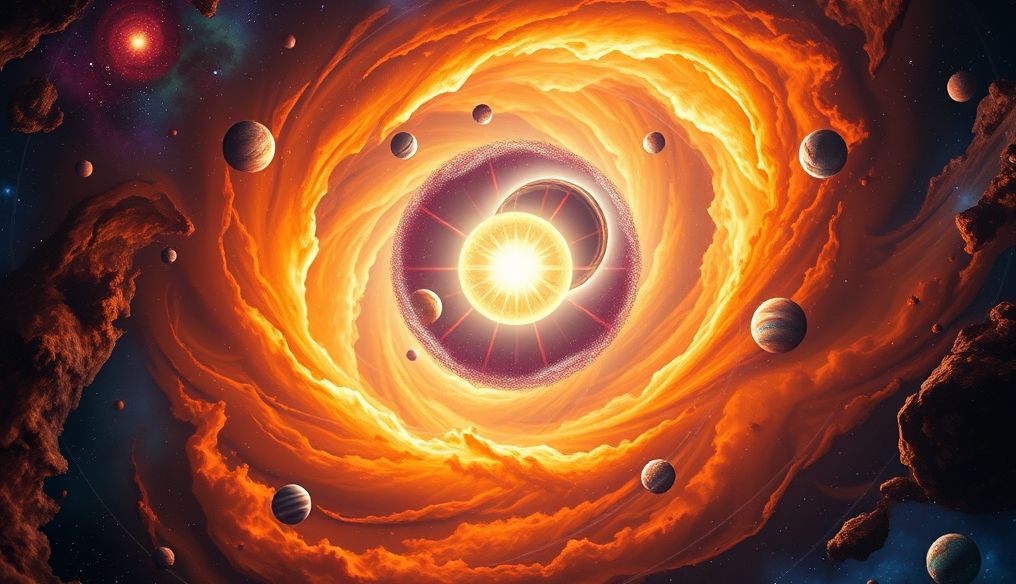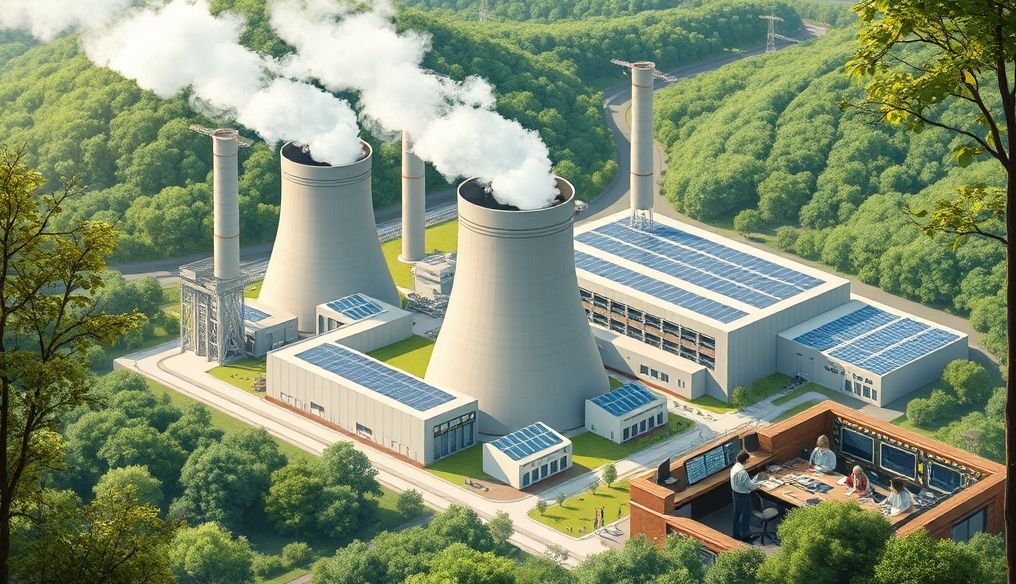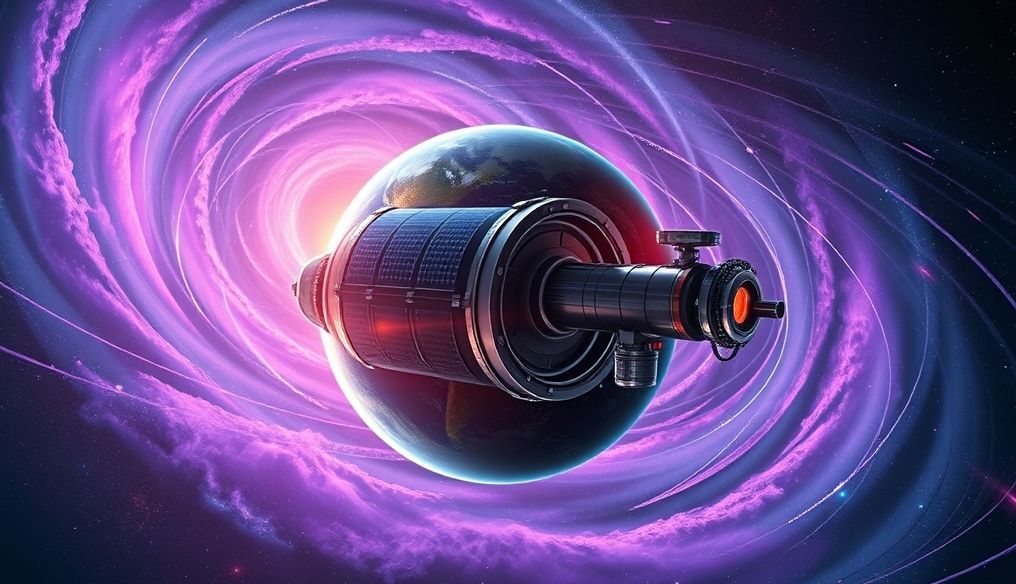Did an Asteroid Alone Cause the Dinosaur Extinction? A Deeper Look into the Mass Extinction Event
The extinction of the dinosaurs, which occurred approximately 66 million years ago at the end of the Cretaceous period, is one of the most fascinating events in our planet's history. This mass extinction has long been associated with the impact of a massive asteroid in the Yucatan Peninsula of Mexico. However, the question arises: was this asteroid the only cause of the dinosaur extinction? Or were there other factors that played a crucial role in this catastrophic event?
1. The Asteroid Impact Theory: Evidence and Proof
The asteroid impact theory is the most common and widely accepted. The evidence supporting this theory is strong and compelling:
- Chicxulub Crater: A massive crater buried beneath the Yucatan Peninsula, known as the Chicxulub crater, with a diameter of approximately 180 kilometers, has been discovered. It is estimated that the asteroid that created this crater was about 10 kilometers in diameter.
- Iridium Layer: A thin layer of the rare element iridium has been found worldwide in rocks dating back to the end of the Cretaceous period. Iridium is a rare element on Earth's surface but is abundant in meteorites.
- Shocked Quartz: Shocked quartz crystals, which have been subjected to extreme pressure due to a powerful impact, have been found in the same rock layer containing iridium.
- Microtektites: Small glassy particles formed by the melting and evaporation of rocks due to the heat of the impact have been found in various locations around the world.
This evidence strongly suggests that a massive asteroid impact caused a global catastrophe that led to the extinction of many living organisms, including non-avian dinosaurs.
2. Consequences of the Impact: Impact Winter, Tsunamis, and Fires
The impact's effect was not limited to the immediate impact area. It caused a series of catastrophic events that affected the entire planet:
- Impact Winter: The impact released enormous amounts of dust, debris, and sulfur into the atmosphere, blocking sunlight for months or even years. This led to a sharp drop in temperatures, halting photosynthesis and collapsing food chains.
- Tsunamis: The impact caused a massive tsunami that swept across the coasts of oceans worldwide.
- Massive Fires: The intense heat generated by the impact caused massive fires that destroyed forests and vegetation in vast areas.
- Acid Rain: The release of sulfur into the atmosphere led to the formation of acid rain, which harmed plants and animals in seas and rivers.
These consequences of the impact created a hostile environment for life, leading to the extinction of many species.
3. Other Possible Factors: Volcanic Activity and Climate Change
Although the asteroid impact was undoubtedly a catastrophic event, there are other factors that may have contributed to the extinction of the dinosaurs:
- Volcanic Activity: The end of the Cretaceous period witnessed intense volcanic activity in the Deccan Traps region of India. This volcanic activity released enormous amounts of greenhouse gases, such as carbon dioxide, into the atmosphere, causing climate change and increasing ocean acidity.
- Climate Change: Before the impact, the global climate was already undergoing significant changes. Sea levels dropped, weather patterns changed, and climate fluctuations intensified. These climate changes may have made dinosaurs more vulnerable to extinction.
Some studies suggest that volcanic activity and climate change may have already weakened ecosystems before the impact, making them more susceptible to collapse.
4. Small Dinosaurs vs. Large Dinosaurs: Why Did Birds Survive?
Interestingly, some dinosaurs, namely birds, survived the mass extinction. What made birds able to survive while other dinosaurs went extinct?
- Small Size: Birds were smaller than most other dinosaurs, requiring less food and resources.
- Ability to Fly: The ability to fly enabled birds to escape fires and tsunamis and search for food in new areas.
- Flexible Diet: Birds were able to adapt to a variety of food sources, helping them survive under harsh conditions.
These factors combined may have played a role in the survival of birds while other dinosaurs went extinct.
5. The Mass Extinction: The End of an Era and the Beginning of Another
The extinction of the dinosaurs was a tragic event, but it also paved the way for the emergence and evolution of mammals. After the extinction of the dinosaurs, mammals became the dominant group of animals on Earth, ultimately leading to the emergence of humans.
6. Lessons Learned from the Dinosaur Extinction
We can learn many lessons from the dinosaur extinction:
- The Importance of Biodiversity: Diverse ecosystems are more resistant to shocks and disasters.
- The Impact of Climate Change: Climate change can have devastating effects on living organisms.
- The Importance of Disaster Preparedness: Preparations for natural disasters can help us protect ourselves and our planet.
7. Ongoing Scientific Research: New Discoveries Shed Light on the Past
Scientists are still conducting extensive research on the extinction of the dinosaurs. New discoveries are constantly contributing to our understanding of this pivotal event in Earth's history.
8. The Future of the Planet: Could Another Mass Extinction Occur?
Unfortunately, the risk of another mass extinction remains. Human-caused climate change, habitat destruction, and pollution are all serious threats to biodiversity on our planet. It is important to take action to protect the environment and prevent another mass extinction.
In conclusion: While the asteroid impact was undoubtedly a crucial factor in the extinction of the dinosaurs, other factors, such as volcanic activity and climate change, likely also played a significant role. Understanding the causes of the dinosaur extinction can help us protect our planet and prevent another mass extinction in the future.




